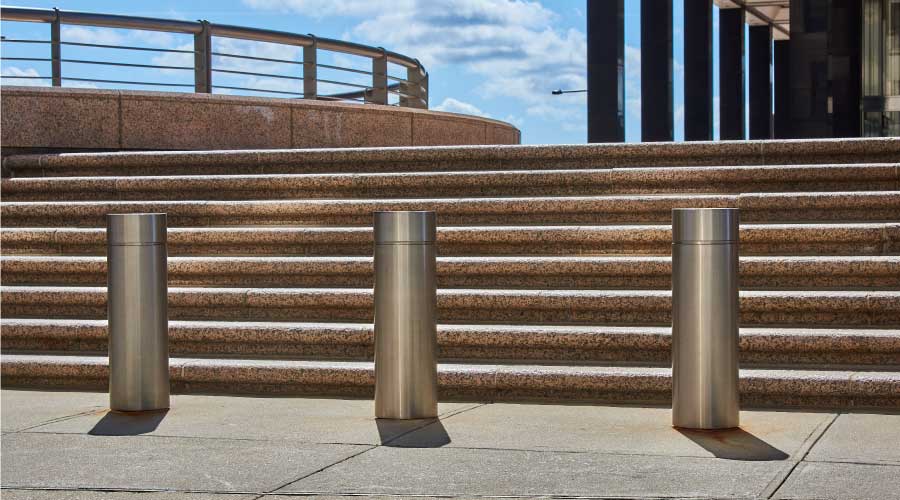Ted Whiting: Technology Key to Surveillance Success at ARIA
By Greg Zimmerman, Executive Editor
OTHER PARTS OF THIS ARTICLEPt. 1: This Page
A woman’s purse is stolen at ARIA Resort and Casino in Las Vegas, but the theft is captured on camera. Ted Whiting, ARIA’s director of surveillance, and his staff track the thief back three hours in time through the casino with the recorded video captured by its new, sophisticated 360–degree cameras. As it turns out, the thief, before taking the purse, had used her players card at a slot machine, so the surveillance team is able to find her name, address and phone number. The police call her to tell her they know she stole the purse, and the thief is so frightened by how quickly she was caught, she returns the purse via overnight delivery.
Catching criminals like the purse thief, as well as card counters, cheaters and thieves, is a common occurrence for Whiting. He manages a surveillance system of more than 1,100 cameras in the casino, including 50 of the new 360-degree cameras that allow Whiting to track a suspect continuously throughout the casino, as was the case with the purse thief above. Whiting also monitors 35 cameras at what he calls “choke points” — entry points into the casino where cameras are placed strategically to capture faces. Whiting says he doesn’t use facial recognition software because its 65 percent success rate isn’t nearly good enough. Instead, Whiting uses a combination of the images captured by the choke point cameras, the 360-degree cameras, and pan-tilt-zoom cameras to retroactively track a criminal throughout the casino. You can’t enter the casino without your face being on camera, says Whiting.
Video analytics do play a role in Whiting’s operation, however. He has instituted license plate recognition software in garages — actually helping various law enforcement agencies track down a suspect from time to time. And video analytics also help alert his team if someone is in, say, a bar, when it’s closed. “As soon as someone touches the liquor in a bar that’s closed, the video pops up so that we can’t miss it,” he says.
Each day, Whiting reviews whether the casino has won or lost. If there are any big irregularities, he goes to the video to see who’s beating them and how. Math — specifically, standard deviation — plays a huge role in Whiting’s job, and he says he hires people based on their math acuity, as well as their familiarity with the table games. “You have to know the games to work in surveillance,” he says. “Cops sometimes apply and I have to turn them away. What could they really add?”
Whiting’s been involved in casino gaming since 1989, working his way up from dealer to cage cashier to poker room brush. He worked in surveillance at the Mirage Casino and Resort, promoted to director there in 2001. In 2006, he was hired to create the surveillance system at the multibillion-dollar CityCenter resort, and in late 2009, when the ARIA opened, with its 4,004 guest rooms and 150,000-square-feet of gaming space, Whiting took over as head of surveillance.
Whiting and his staff work closely with the casino’s security department (which itself has more than 1,600 cameras in the casino). If Surveillance notices something amiss at one of the tables or someone acting suspiciously, it’s Security they call to go check it out. “We’re very separate departments, but we rely on them,” he says. “If there’s a cheat, I'm not going out there myself to get them.” Security has PR skills, whereas Surveillance is the geeks in the backroom, Whiting jokes.
Whiting freely admits he hasn’t seen it all, but he’s constantly on the look out for new ways to game the casino, and he has one of the better track records of any surveillance department on the Strip of catching cheats and thefts. Part of the reason is because he designed his surveillance system to his exact needs, integrating different cameras from different vendors to ensure it all works together seamlessly. “Whatever I want, that’s what we’re getting,” he says. Whiting says the vendors were more than happy to overcome the technical hurdles. The result is a system that often has even the most sophisticated criminals sitting in the “hold room,” wondering how exactly they were caught. And that’s the most satisfying part of the job, says Whiting.
Related Topics:











